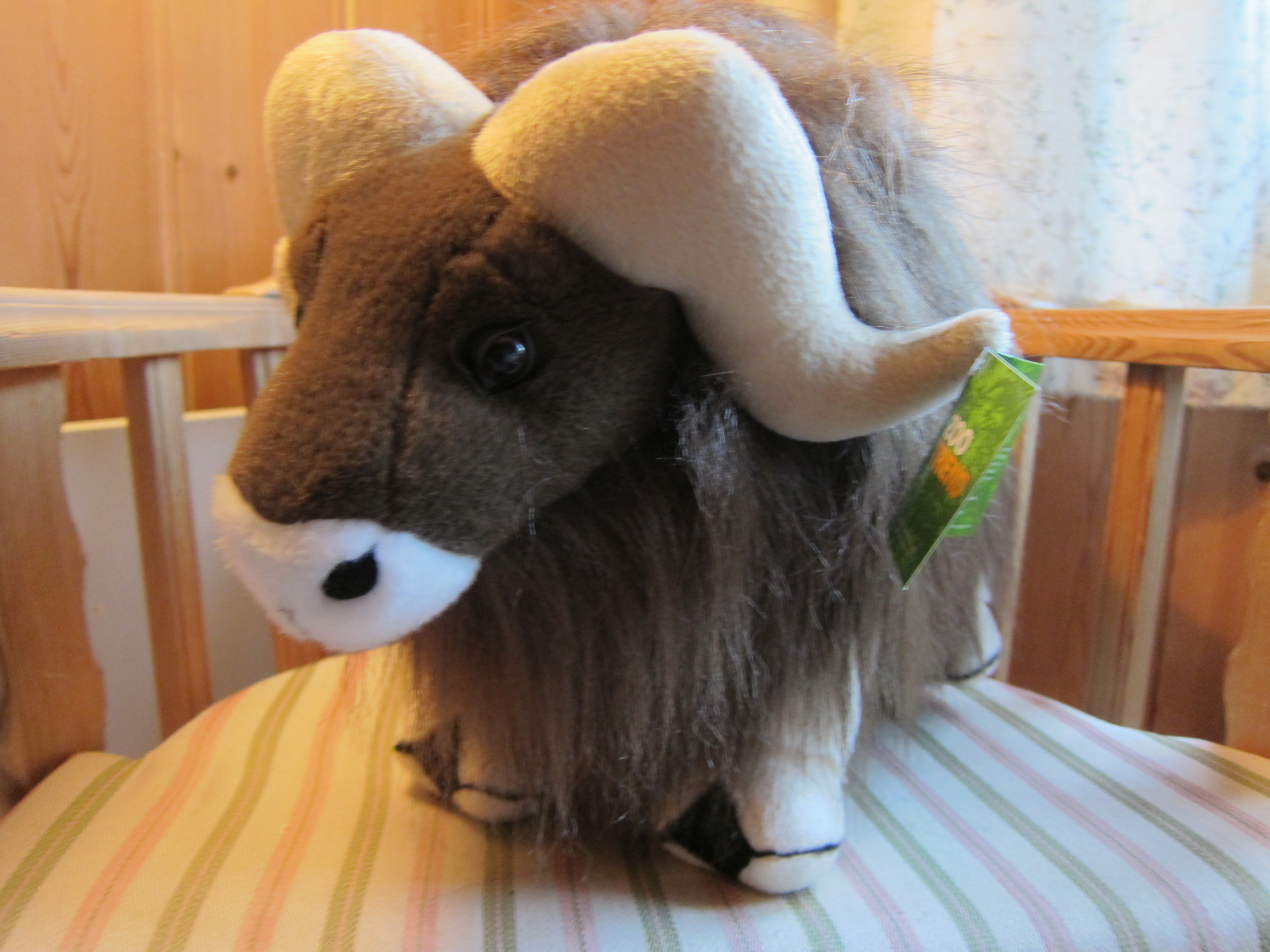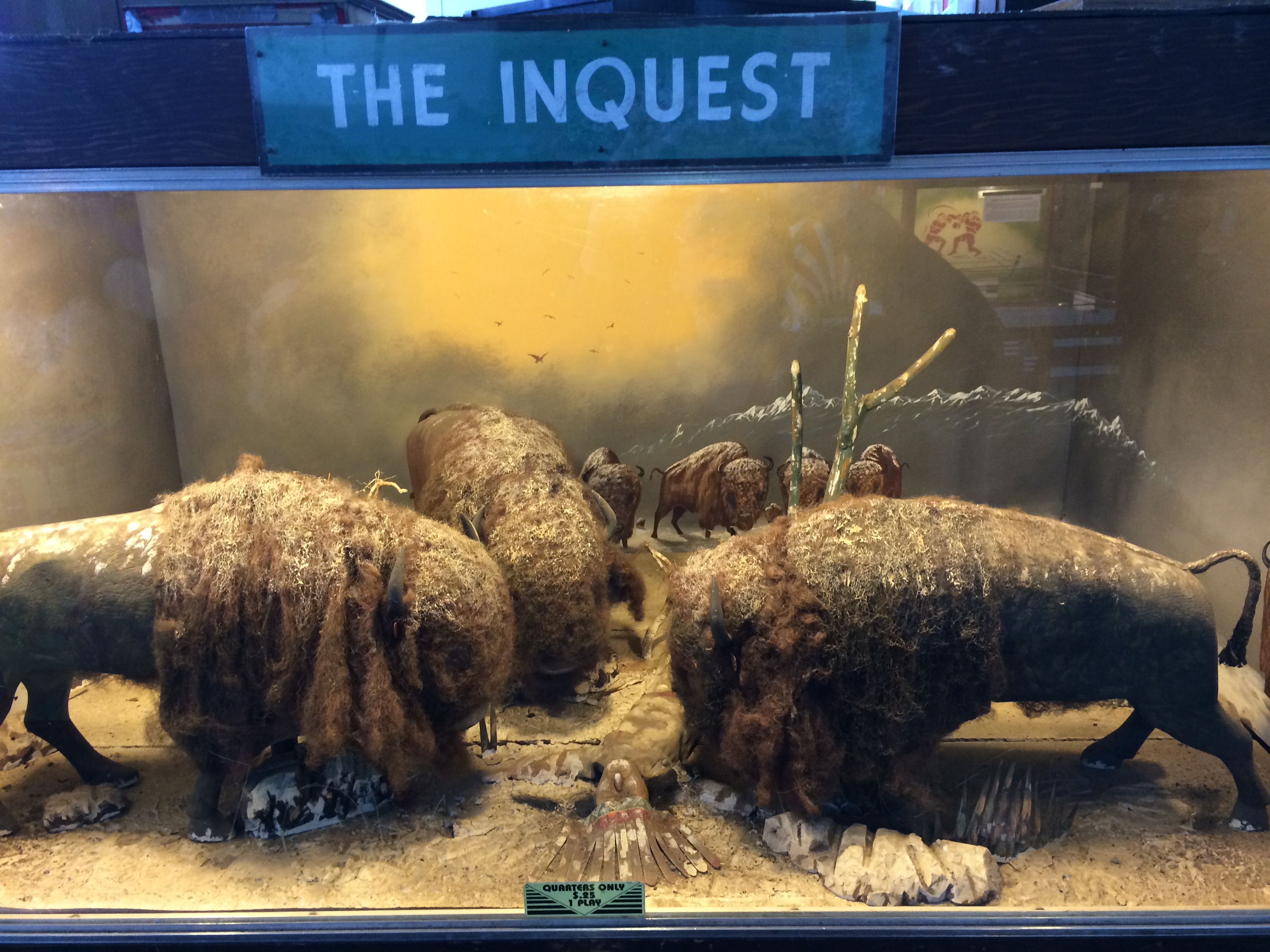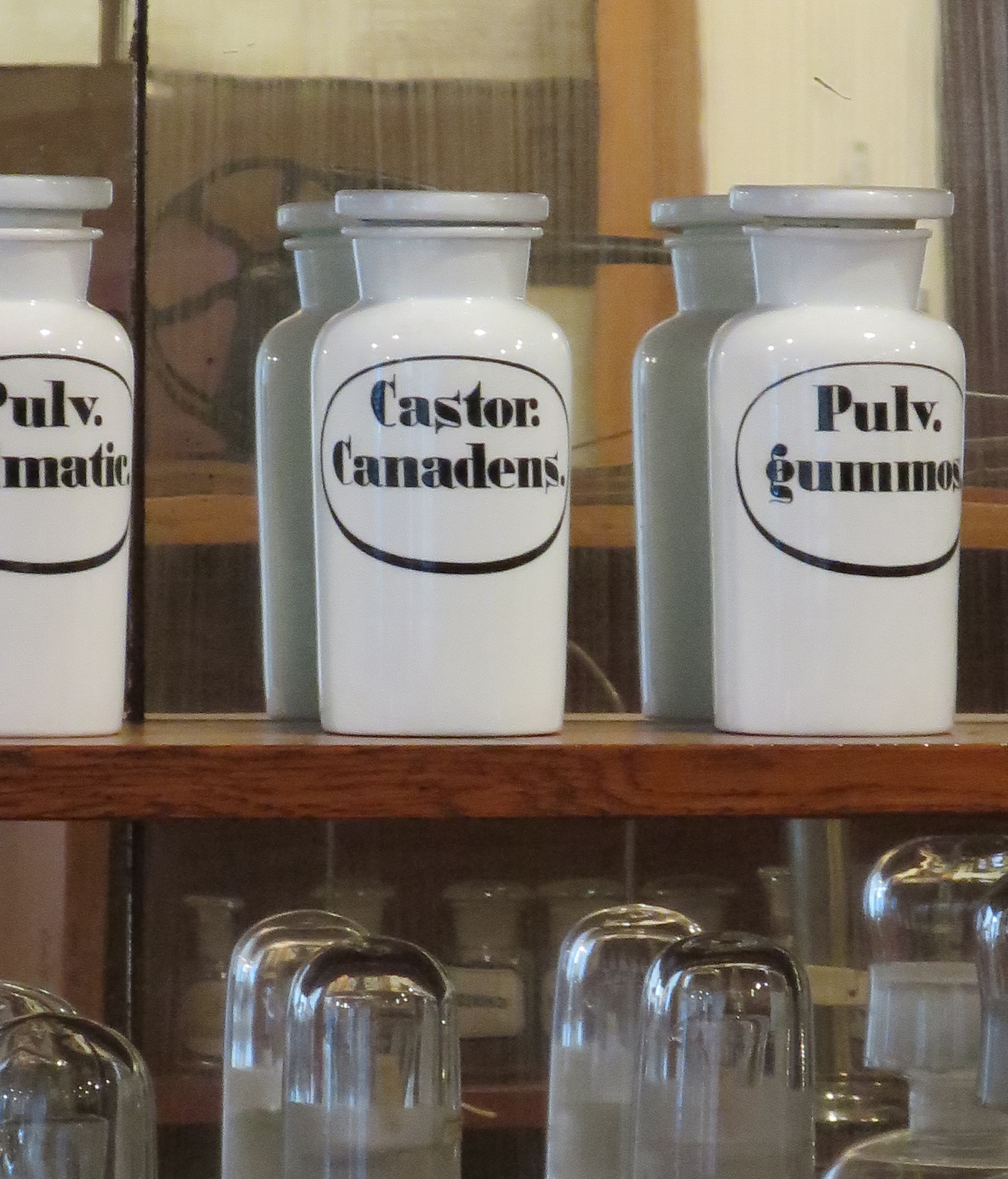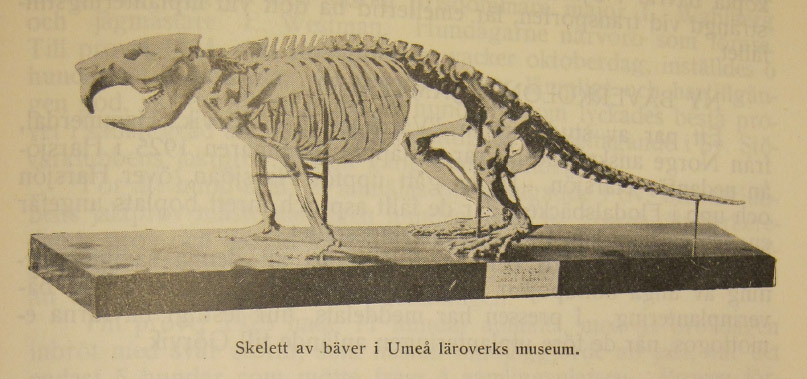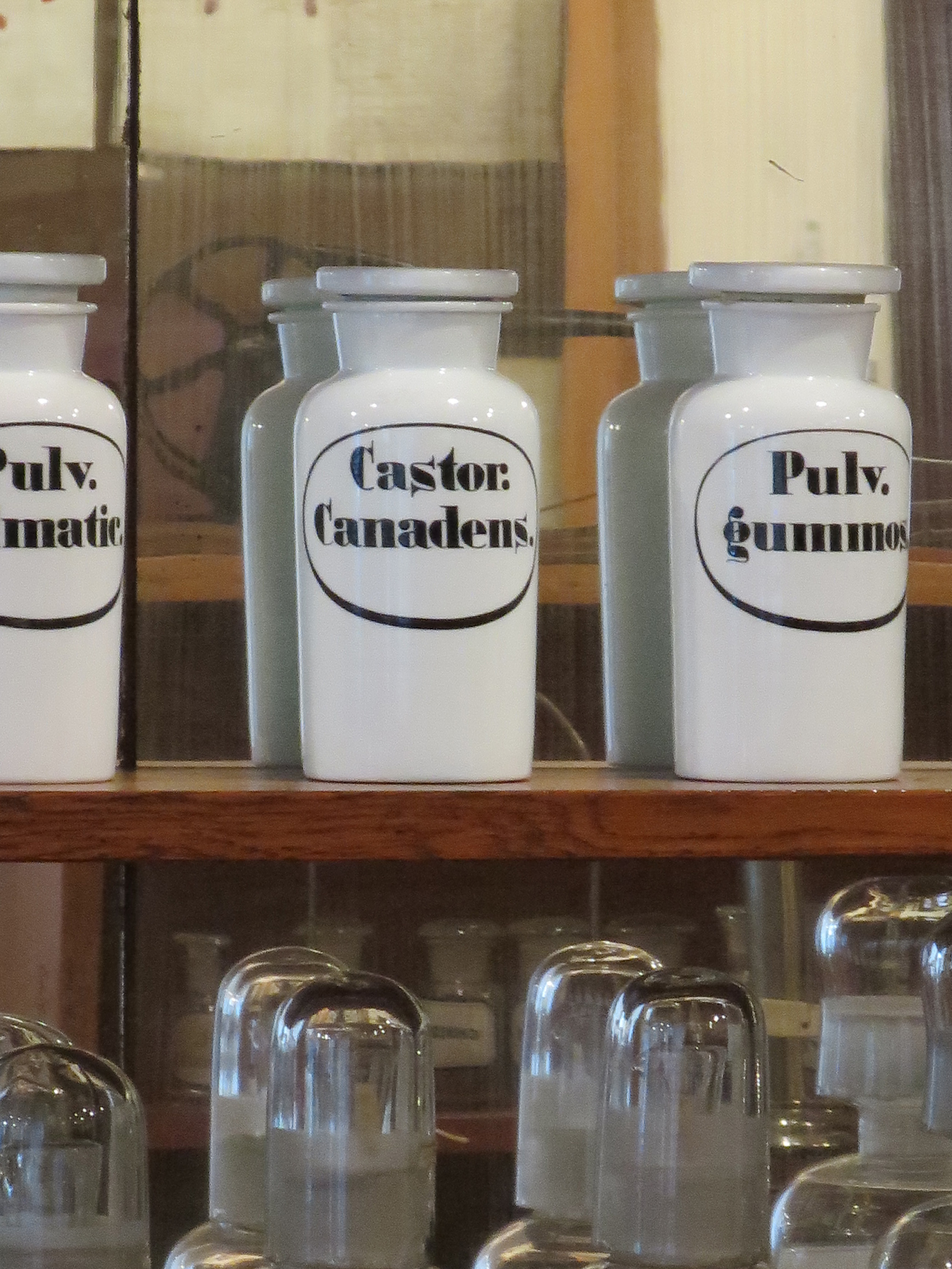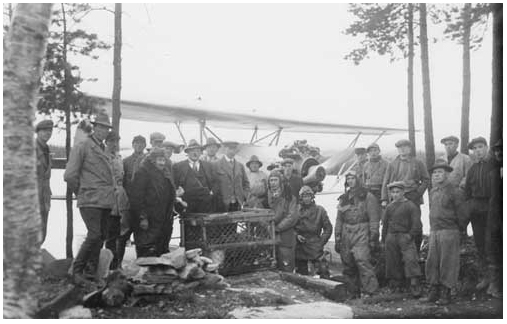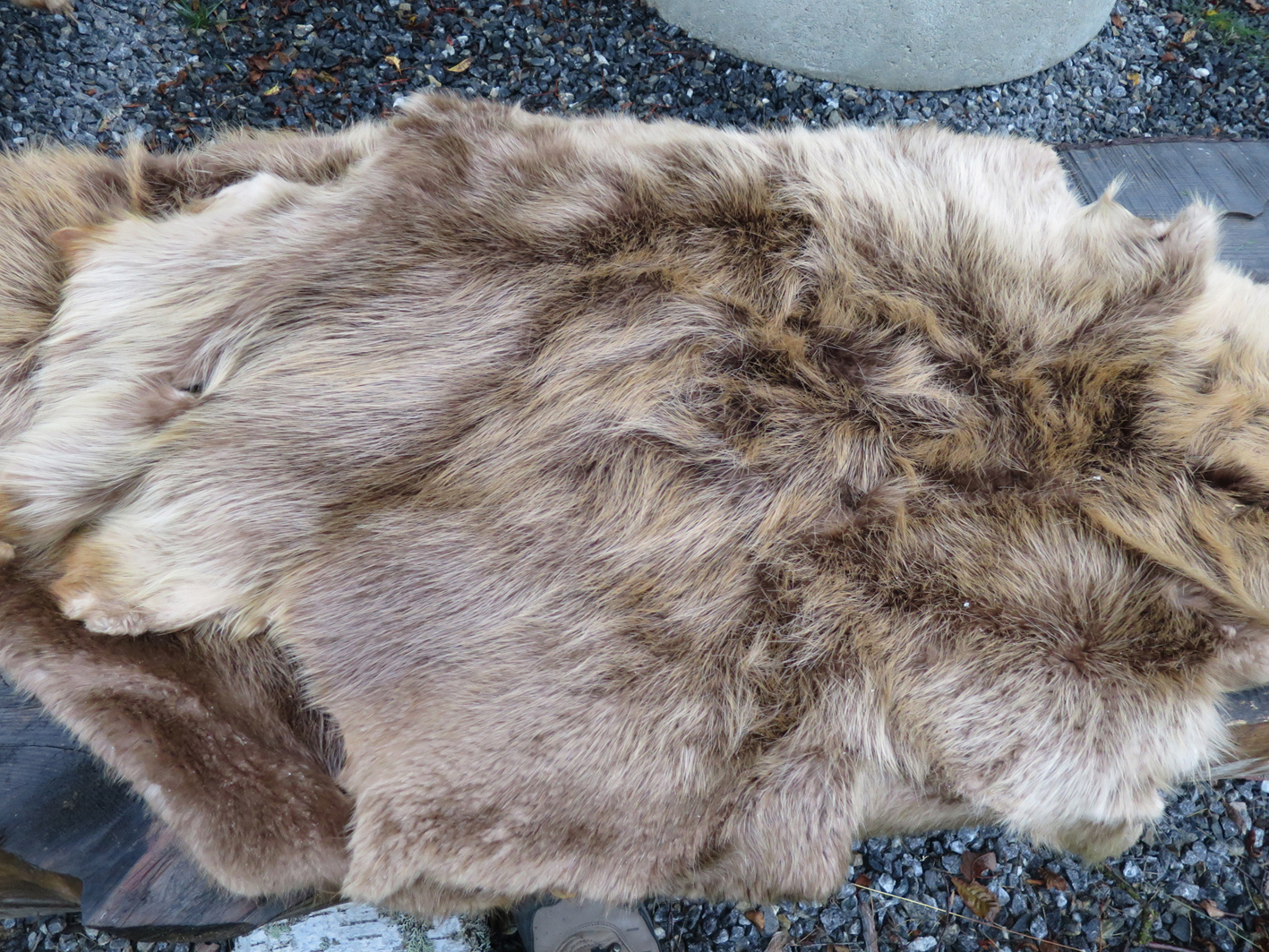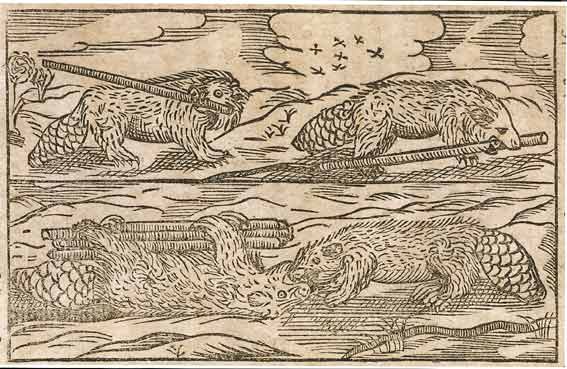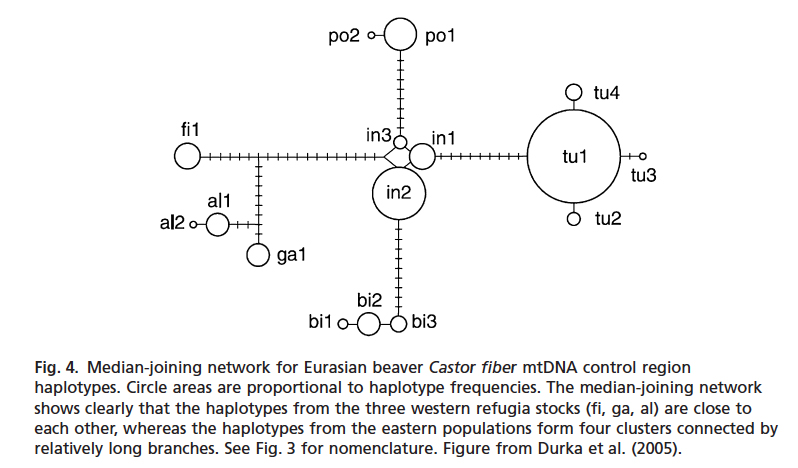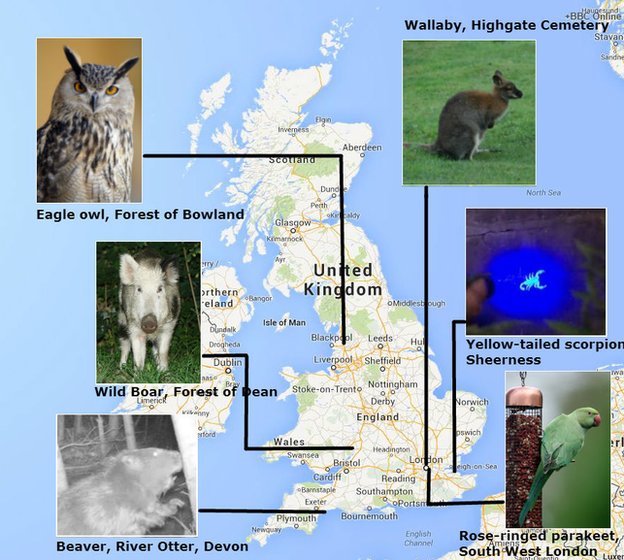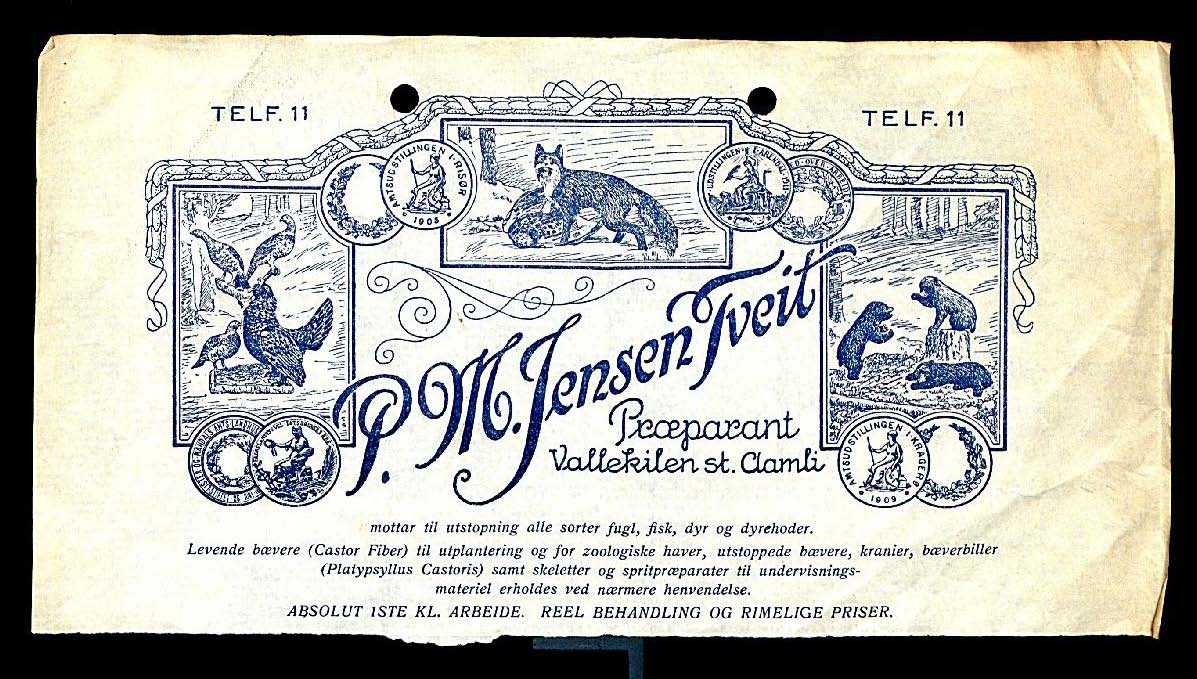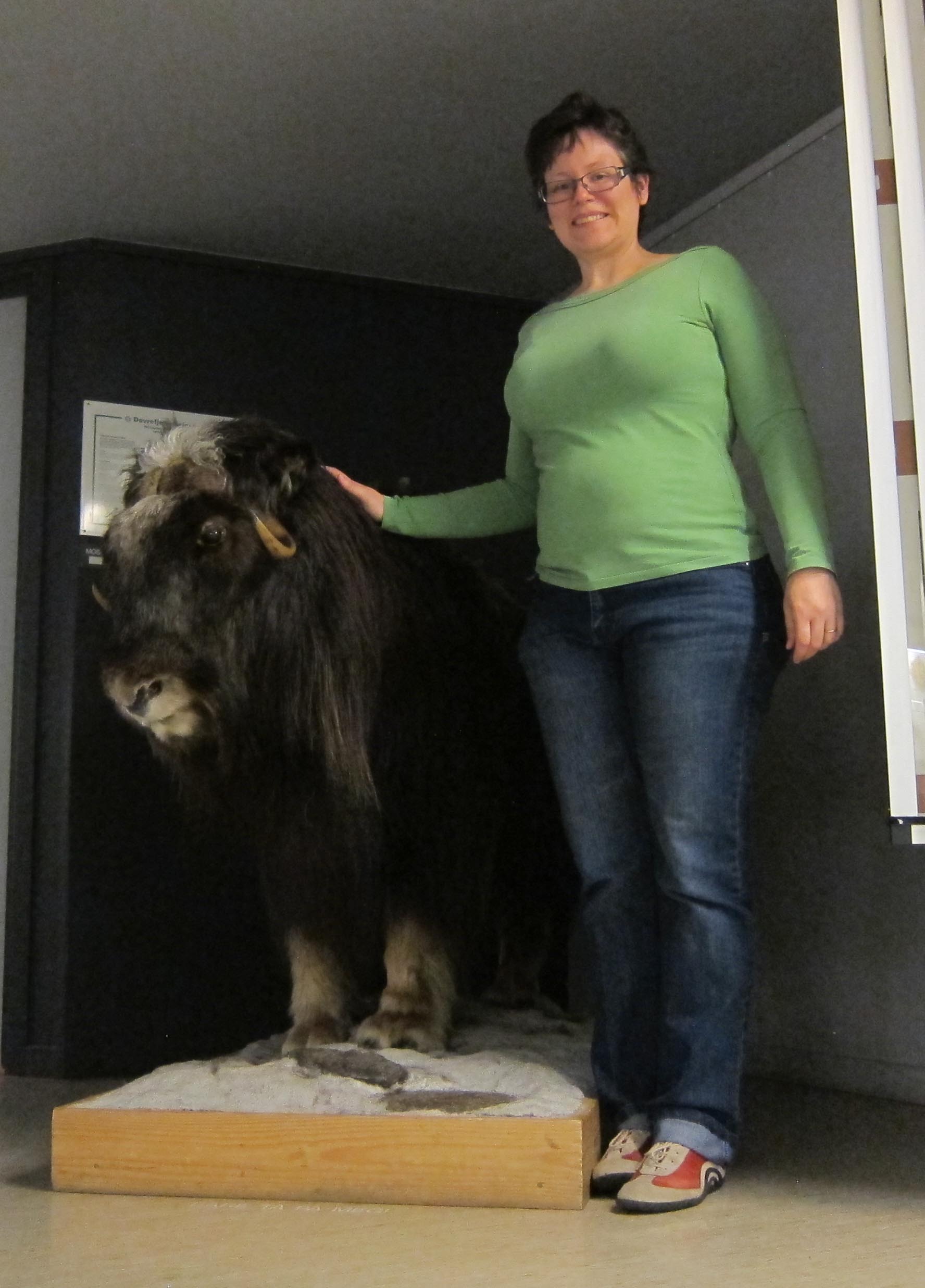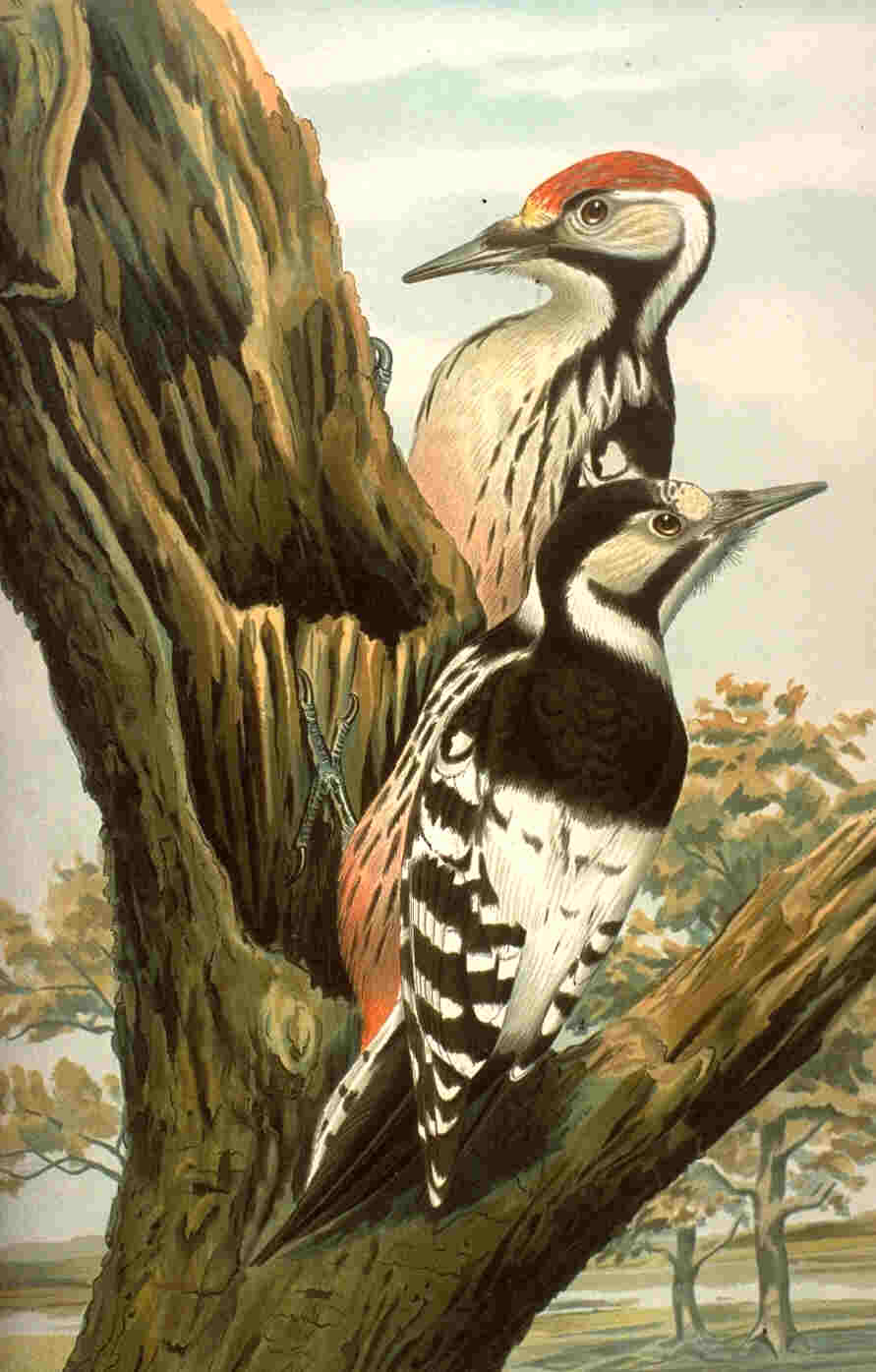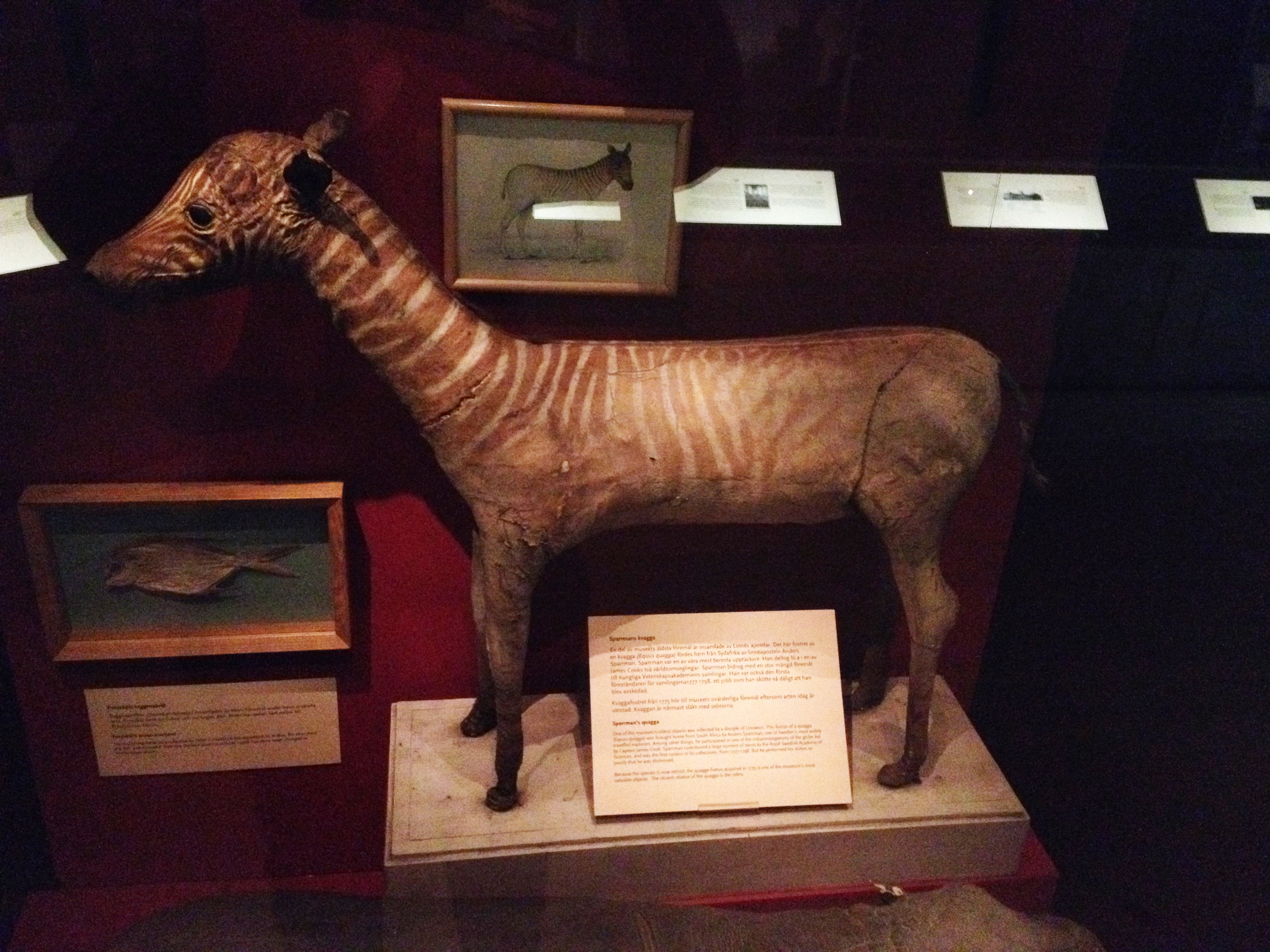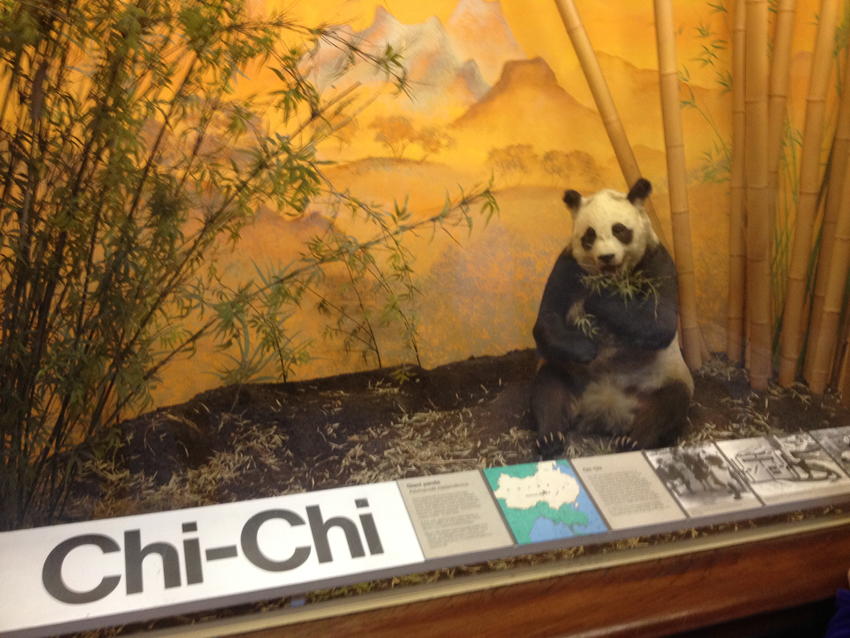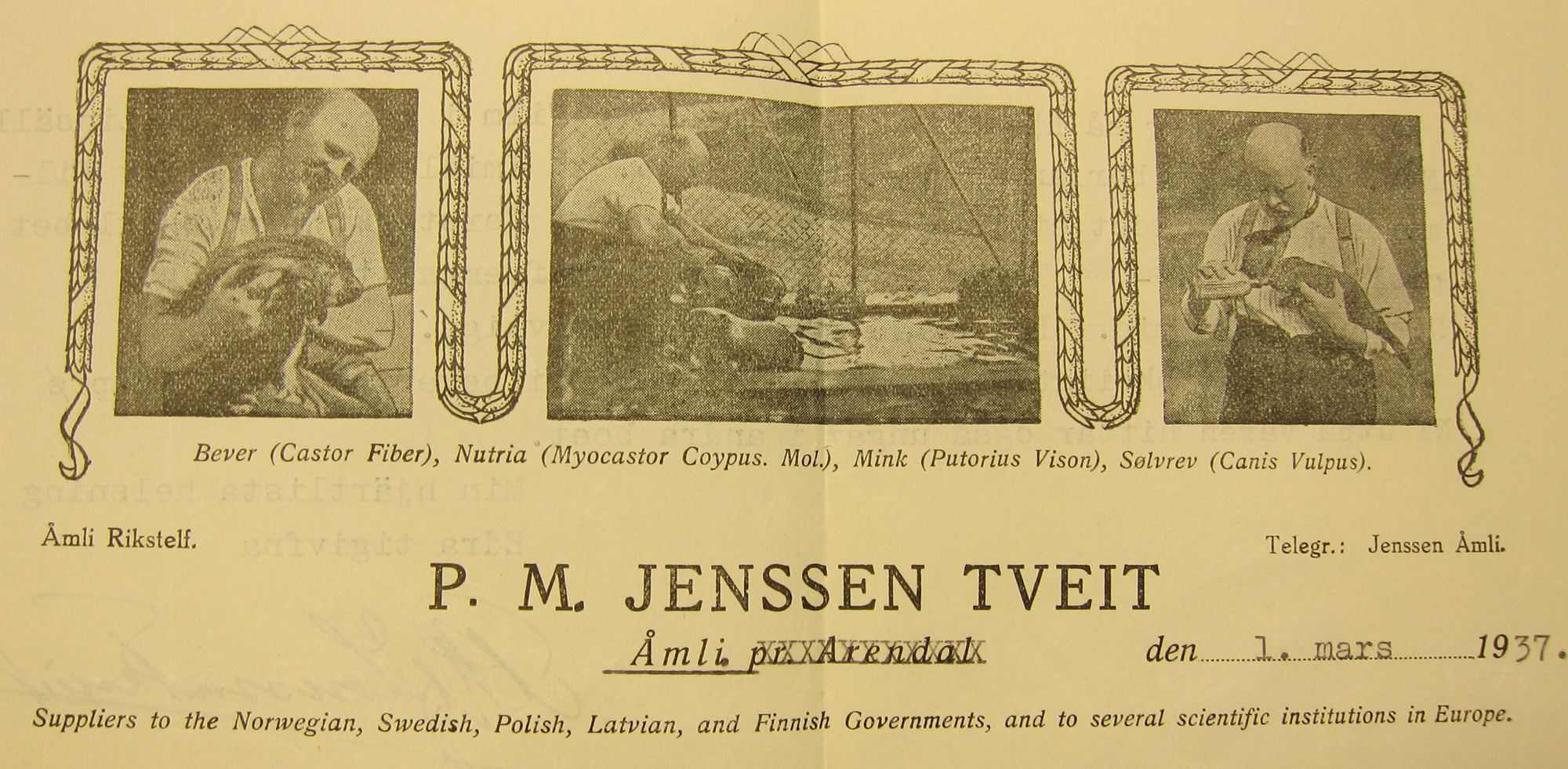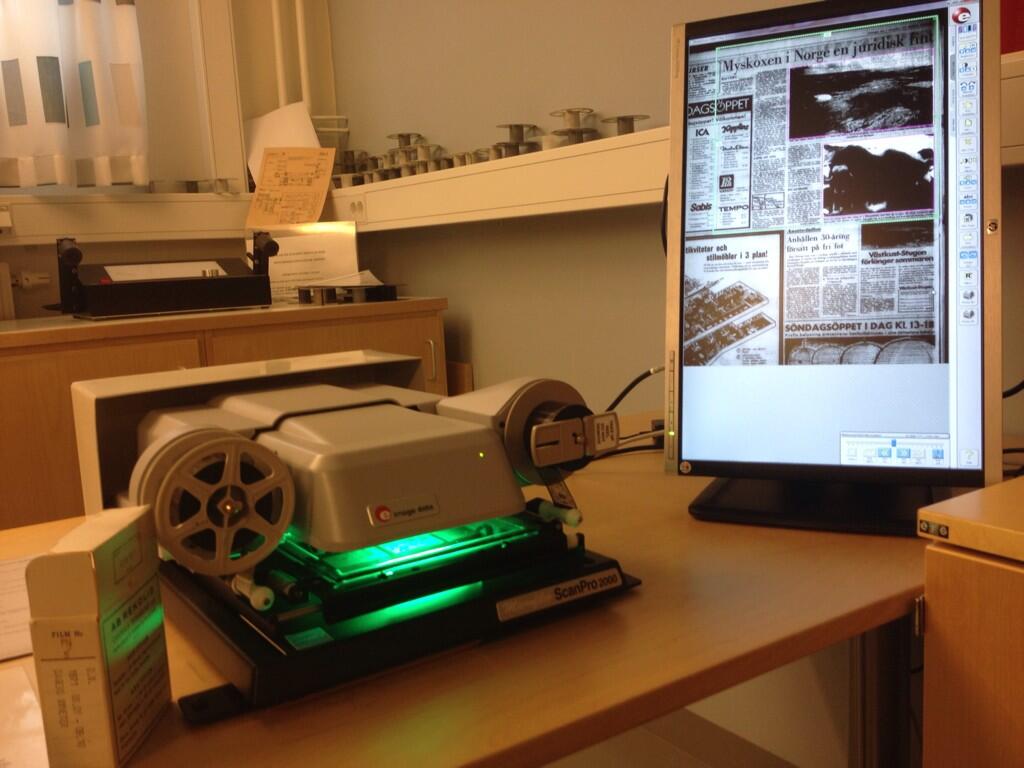field visits
-
Belonging to country
What does it mean to belong? When something belongs to someone, it means that person has ownership or title to it. When something belongs to a place, it means that it is accepted there, often making its home there. But I’ve come to think belonging is much more than that after two weeks down under.
-
The tale of two castors
When two things get the same name, it is easy to get them confused. This has happened with two medicines with similar names that have cropped up in my research: castoreum and castor oil. As I mentioned in my last post, the Elvarheim museum in Åmli, Norway, recently opened a new beaver exhibit. I was quite impressed with the set-up. I did, however, notice an error in the display case of beaver products. The case included a beaver felt hat and the beaver gall liquor I’ve tried, both of which are made from beaver parts. It also had a shelf of medicine that was supposed to be from beaver, but the bottles on display…
-
A historian walks through the beaver’s homeland
In historical work, we are called on to imagine ourselves in another time and another place. We try to see the world as the people (or animals) in our stories would have seen it. That’s not always an easy task. But because I was lucky enough to spend the last two days in southern Norway in the homeland of the Scandinavian beaver, it’s now a little easier for me as I write the beaver reintroduction story. Yesterday I walked around the property at Næs Ironworks, which is now a museum featuring the double blast furnace, water-powered hammering shop, and templates for cast iron stoves. It was a lovely clear day for…
-
Beavering away in Västerbotten
Yesterday evening I went on my second beaver safari. This time I was near home–only 36 km away in Vännäs on the Vindel river. We had great luck and saw several beavers right away. Beaver were first brought back to the county of Västerbotten very early in the reintroduction process. In 1924, the second beaver reintroduction in Sweden took place in Västerbotten on the Tärnaån further inland. But no more reintroductions happened in the area until after World War II. In the 1950s and 60s beavers were set out intentionally and more animals migrated in from the neighbouring Jämtland reintroductions. According to an article from 1984 in the journal Från hav…
-
Commemorating war and our losses
Yesterday marked the 70th anniversary of Victory Day, which remembers the end of World War II in Europe with the surrender of the Nazi forces to the Allies. Of course in addition to celebrating the final success, festivities focus on honouring all those died in the conflict. There are memorial stones and graves to generals, battalions, unknown soldiers, and civilians. Animals who served in war are likewise honoured in permanent form at the Animals in War Memorial in London, the Australian Animals in War Memorial, and the US National War Dog Cemetery on Guam. Modern society has a penchant for commemorating its war dead. When I visited the Smithsonian in Washington DC…
-
2014 in review
My previous post marked the 150th post of this blog and the year is coming to a close, so I thought it would be a great time to review what I wrote about in 2014. Although this blog is based on my research about beaver and muskox reintroduction in Norway and Sweden, I range far and wide in applying my research insights. Ongoing news about the beavers in the British Isles was worth comment several times, including coverage of the beavers discovered in Devon and their potential cull because of fears of disease. For some, the beavers are a lost species who is wanted back in Britain. For others, including the media, it’s…
-
An inquest of “The Inquest”
This week I stopped as a tourist at the Musée Mécanique at Fisherman’s Wharf in San Francisco after the American Society for Environmental History annual meeting. The museum is part historical collection, part working penny arcade (although most things cost a US quarter now). There are stereoscope viewers, fortunetellers, strength testers, ball games, and car games. A large number of them machines are moving dioramas including farms with moving animals, carnivals with working rides, the oil field with spinning derrick drills, and bizarre morbid animated execution scenes including hangings and a beheading via guillotine. One of the automata diorama machines was called “The Inquest”, presumably dating from end of the…
-
First year reflections
The end of 2013 also marks the end of the first year of “The Return of Native Nordic Fauna” project. It’s been a year that has really gotten the project off to a running start. I’ve documented the course of the project on this blog since it’s beginning on January 1, but as some readers may not have been following along all that time, I wanted to take the opportunity to reflect on the year. During the year, I’ve skipped around Norway and Sweden working in archives, trying to decide what to copy and what to leave behind from the Skansen archives held by the Nordiska Museum in Stockholm, the…
-
Species versus individual stories
On Wednesday, I visited the Natural History Museum in London while on vacation with my family. I looked for the taxidermied beaver specimen that Sigvald Salvesen of Aamli, Norway, sent to the museum in 1925 (I have a copy of the letter correspondence about the transaction from the NHM archive). Unlike Jensen-Tveit who was also in Aamli, Salvesen took a more scientific approach to beavers: he published an article “The Beaver in Norway”in the Journal of Mammalogy in 1928, as well as an extensive handbook on raising pelt animals (Pelsdyrboken) and a scientific article on moose and red deer in Norway. In one of Salvesen’s letters to the NHM Keeper…
-
Missing a chunk of the 20th century
I spent this morning in the Umeå University library basement looking through newspapers on microfilm. I was glad to see that the microfilm section had a new digital reader, which allowed for better zooming and image adjustment than the old machine, but I still could only print out the images rather than saving them as electronic files. The reason I was there was to find out about the public reaction to the muskox which migrated over the Norwegian-Swedish border in 1971. While the major Norwegian newspaper Aftenposten has a complete digital archive (a paid subscription is required to access it), there are few digitised newspapers for Sweden for the 20th…

